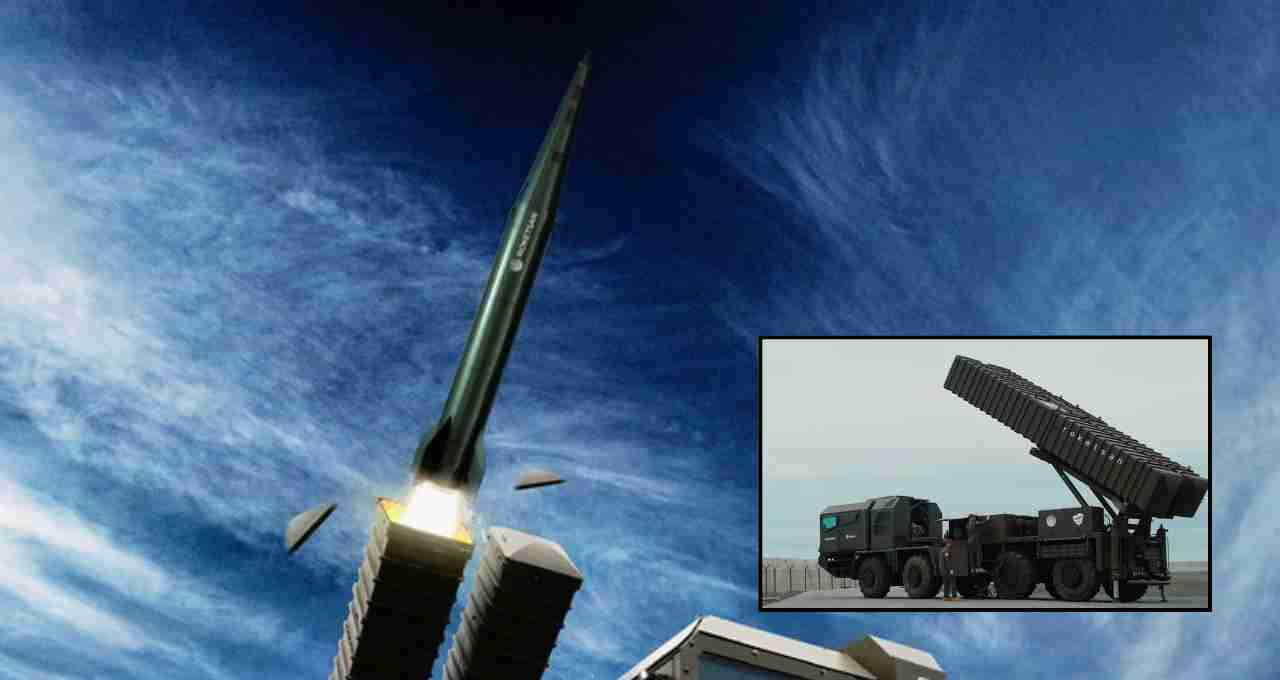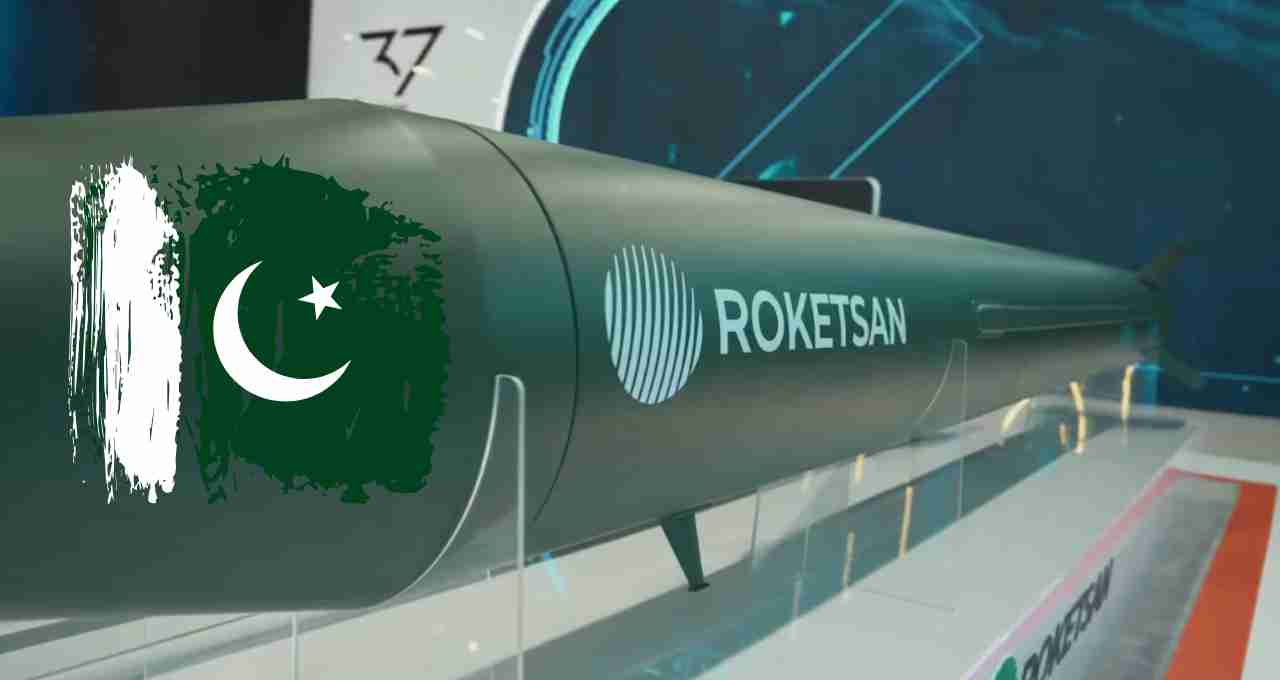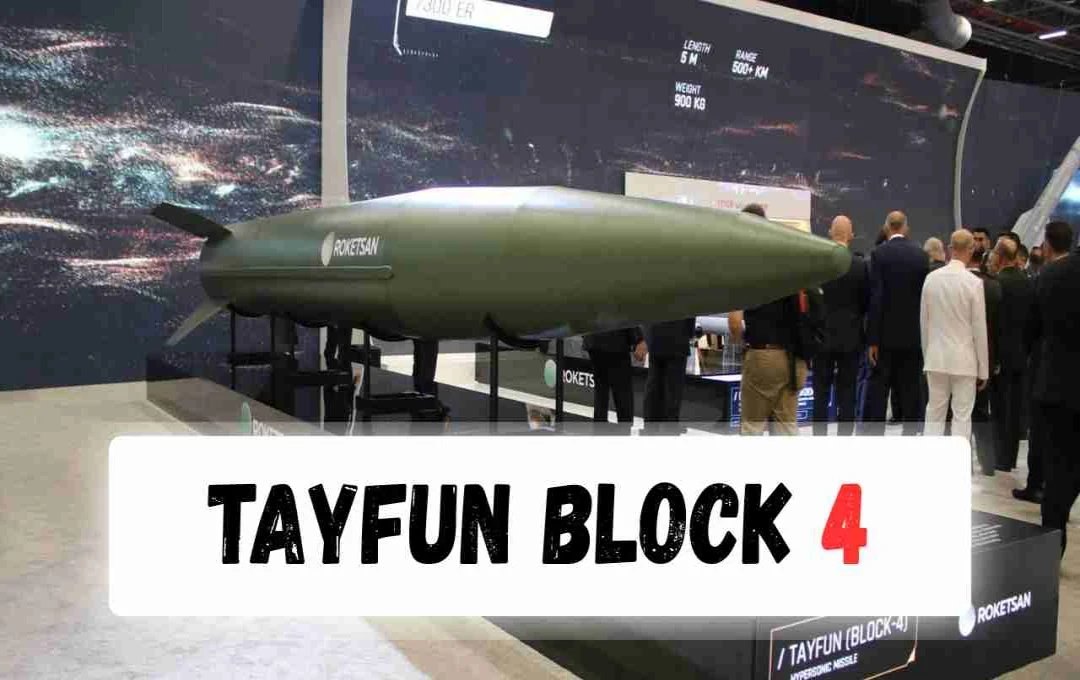Turkey has showcased a new dimension of its military strength to the world. On July 22, 2025, during the International Defence Industry Fair (IDEF 2025) in Istanbul, it unveiled its first hypersonic ballistic missile, the Tayfun Block 4. This missile was developed by Roketsan, a Turkish defense company closely allied with Pakistan.
Only a handful of countries in the world possess this type of missile technology, and now Turkey has firmly established its place among them. The Tayfun Block 4 is not only technologically advanced but also capable of surprising and devastating the enemy.
Tayfun Block 4 Unveiled at IDEF 2025
On the first day of this international fair, Turkey introduced six new defense technologies simultaneously, with the Tayfun Block 4 missile garnering the most attention. Roketsan described it as a new generation missile that flies at hypersonic speeds and can strike targets with extreme precision.
This launch is being hailed as a major achievement in Turkey's self-reliant defense policy. The company states that a system like the Tayfun Block 4 is a significant step towards granting Turkey independence in all domains: land, sea, air, and space.
What are the Capabilities of Tayfun Block 4?

The missile is approximately 6.5 meters long and weighs around 2,300 kilograms. Its range is estimated to be about 800 kilometers.
The missile's most significant feature is its high speed and ability to evade obstacles en route to its target. Additionally, it can be equipped with various types of warheads, allowing it to easily destroy any strategic location.
Its targets include air defense systems, military command centers, hangars, and enemy strategic assets. Its heavy weight and maneuverability distinguish it from conventional missiles.
What is a Hypersonic Missile?
Hypersonic missiles are those that travel at Mach 5, or five times the speed of sound. This means they travel at speeds exceeding approximately 6,100 kilometers per hour.
Their key characteristic is their high speed and ability to change course mid-flight. This makes them extremely difficult to detect and intercept.
While traditional missiles follow a fixed trajectory and can be intercepted by pre-existing defense systems, hypersonic missiles can evade these systems and penetrate enemy defenses.
What Turkish Defense Officials Said About Tayfun Block 4
Roketsan shared images and information about the Tayfun Block 4 on social media, calling it "a symbol of self-reliance in technology." The company also stated that systems like this will eliminate Turkey's need to depend on foreign technology.
The project is considered the result of a joint effort by the Turkish government and the defense industry. Many military experts suggest that the Tayfun Block 4 could enable Turkey to play a crucial role in the geopolitics of Central Asia and Europe.
Why is This Missile Important for Pakistan?

Turkey and Pakistan have close ties in the defense sector. The two countries are collaborating on several military projects. Pakistan has already purchased warships and drone technology from Turkey.
With the advent of the Tayfun Block 4, it is speculated that Pakistan may attempt to acquire this missile from Turkey in the future or develop a system based on similar technology for its own use.
This could become a significant issue for India, particularly in terms of the military balance in South Asia.
India's Preparations are Ongoing
In response to Turkey's Tayfun Block 4, India is also making strides. India and Russia are jointly developing the BrahMos-II hypersonic cruise missile.
The BrahMos-II is expected to have a speed of Mach 7 to Mach 8 and a range of approximately 1500 kilometers. This missile will also be capable of surprising the enemy with its hypersonic speed.
India's project is currently in the testing phase, but once completed, India will also be among the select few countries capable of hypersonic technology.















